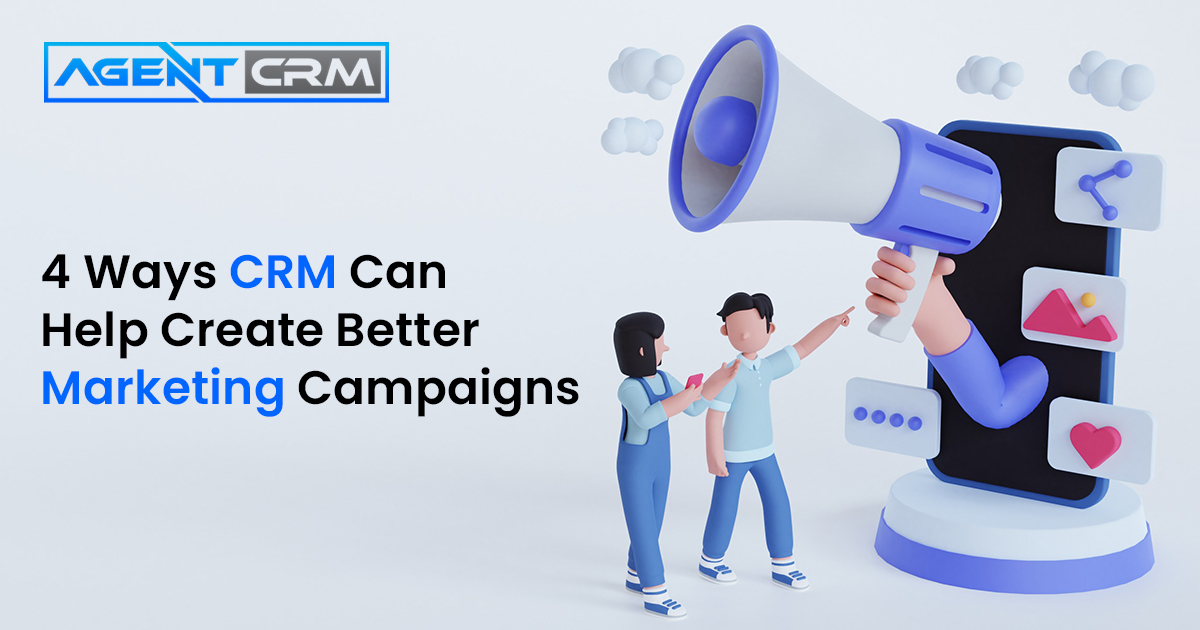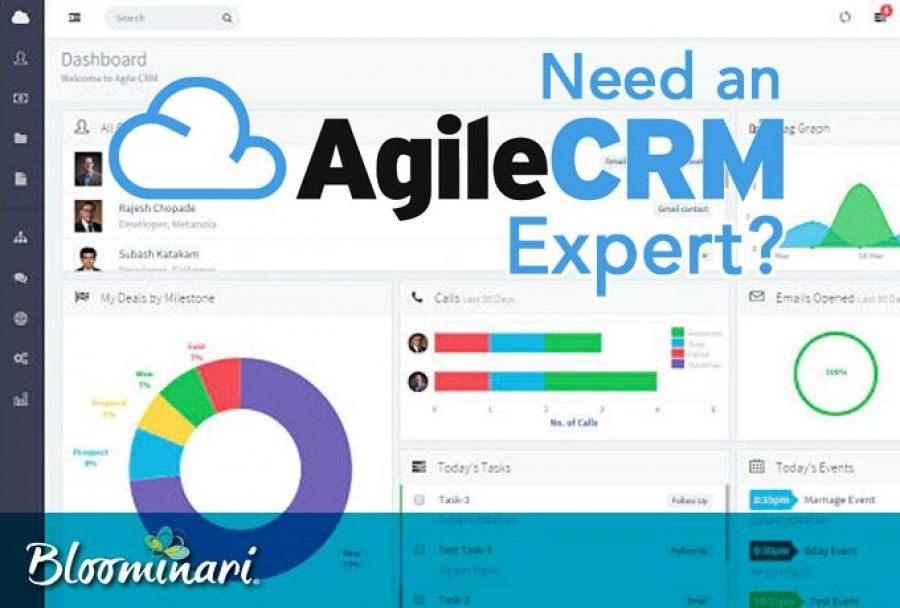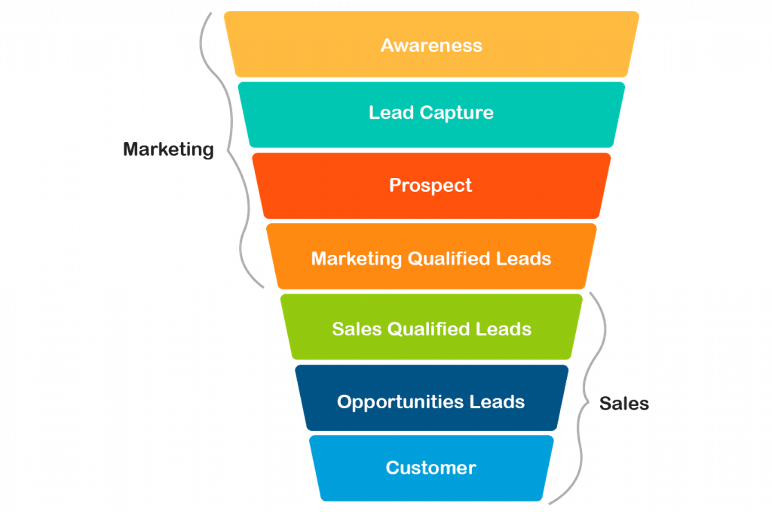Mastering CRM Marketing: Strategies for Customer Retention and Business Growth
Mastering CRM Marketing: Strategies for Customer Retention and Business Growth
In today’s competitive business landscape, retaining customers is not just important; it’s absolutely crucial. Acquiring new customers can be expensive, and the success of any business hinges on its ability to keep its existing customers happy and engaged. This is where CRM marketing comes into play. Customer Relationship Management (CRM) marketing is more than just a buzzword; it’s a strategic approach that leverages technology and data to build lasting relationships with your customers, ultimately driving customer retention and business growth. This article delves deep into the world of CRM marketing, exploring its core principles, strategies, and practical applications, with a focus on customer retention.
What is CRM Marketing?
At its heart, CRM marketing is a customer-centric approach to business. It involves using CRM systems and data to understand your customers better, personalize their experiences, and build stronger relationships. Unlike traditional marketing, which often focuses on mass communication, CRM marketing is all about delivering the right message, to the right person, at the right time. This level of personalization fosters loyalty and encourages repeat business.
A CRM system acts as the central nervous system for your customer data. It collects, stores, and analyzes information about your customers, including their demographics, purchase history, communication preferences, and interactions with your brand. This comprehensive view of your customers empowers you to make informed decisions, tailor your marketing efforts, and provide exceptional customer service.
Key Components of CRM Marketing:
- Customer Data Management: The foundation of CRM marketing. This involves collecting, organizing, and maintaining accurate customer data.
- Segmentation: Dividing your customer base into smaller groups based on shared characteristics, such as demographics, purchase history, or behavior.
- Personalization: Tailoring your marketing messages and offers to individual customer preferences and needs.
- Automation: Using technology to automate repetitive tasks, such as email marketing, lead nurturing, and customer service.
- Analytics and Reporting: Tracking key metrics, such as customer acquisition cost, customer lifetime value, and customer retention rate, to measure the effectiveness of your CRM marketing efforts.
The Importance of Customer Retention
Customer retention is a critical metric for business success. It’s far more cost-effective to retain existing customers than to acquire new ones. Loyal customers are more likely to make repeat purchases, spend more over time, and recommend your brand to others. They also provide valuable feedback that can help you improve your products, services, and overall customer experience.
Consider these key benefits of customer retention:
- Increased Profitability: Loyal customers spend more and are less price-sensitive.
- Reduced Costs: Acquiring new customers is expensive. Retaining existing customers is much more cost-effective.
- Improved Brand Reputation: Loyal customers become brand advocates and help build a positive reputation.
- Enhanced Customer Lifetime Value: Loyal customers stay with you longer, increasing their lifetime value.
- Valuable Feedback: Loyal customers provide insights that can help you improve your products and services.
CRM Marketing Strategies for Customer Retention
Successfully retaining customers through CRM marketing involves a multi-faceted approach. Here are some key strategies to implement:
1. Data-Driven Customer Segmentation
One of the most powerful tools in CRM marketing is customer segmentation. By dividing your customer base into distinct groups based on shared characteristics, you can tailor your marketing messages and offers to be more relevant and effective. This level of personalization significantly increases the likelihood of customer engagement and repeat purchases.
Consider segmenting your customers based on:
- Demographics: Age, gender, location, income, etc.
- Purchase History: Products purchased, frequency of purchases, average order value.
- Behavior: Website activity, email engagement, social media interactions.
- Customer Lifetime Value (CLTV): High-value customers, mid-value customers, low-value customers.
Once you’ve segmented your customers, you can create targeted marketing campaigns that address their specific needs and interests. For example, you might offer exclusive discounts to high-value customers or provide personalized product recommendations based on their purchase history.
2. Personalized Communication
Personalization is the cornerstone of effective CRM marketing. Customers want to feel valued and understood. Generic, mass-produced marketing messages are often ignored. Personalized communication, on the other hand, demonstrates that you care about your customers as individuals.
Here’s how to personalize your communication:
- Address customers by name: Use their first name in emails, newsletters, and other communications.
- Segment your email lists: Send targeted emails based on customer interests, purchase history, and behavior.
- Provide personalized product recommendations: Suggest products that are relevant to their past purchases or browsing history.
- Offer personalized discounts and promotions: Tailor offers to individual customer needs and preferences.
- Use dynamic content: Customize website content and email templates based on customer data.
By personalizing your communication, you create a more engaging and relevant customer experience, which fosters loyalty and encourages repeat business.
3. Proactive Customer Service
Exceptional customer service is crucial for customer retention. Proactive customer service goes beyond simply responding to customer inquiries; it involves anticipating customer needs and providing support before they even ask for it.
Here’s how to provide proactive customer service:
- Monitor customer interactions: Track customer inquiries, complaints, and feedback to identify areas for improvement.
- Provide self-service options: Offer a knowledge base, FAQs, and tutorials to help customers find answers to their questions on their own.
- Use chatbots: Implement chatbots to provide instant support and answer common questions.
- Reach out to customers proactively: Contact customers after a purchase to ensure they are satisfied with their product or service.
- Offer personalized support: Provide tailored support based on individual customer needs and preferences.
By providing proactive and personalized customer service, you demonstrate that you care about your customers and are committed to their success. This builds trust and loyalty, leading to higher retention rates.
4. Loyalty Programs and Rewards
Loyalty programs are a proven way to reward your best customers and encourage repeat business. By offering exclusive benefits and incentives, you can create a strong sense of loyalty and make your customers feel valued.
Here’s how to design an effective loyalty program:
- Offer points or rewards for purchases: Provide customers with points or rewards for every dollar they spend.
- Create tiered loyalty levels: Offer different levels of rewards based on customer spending or engagement.
- Provide exclusive benefits: Offer early access to new products, exclusive discounts, and personalized recommendations.
- Make it easy to redeem rewards: Ensure that customers can easily redeem their rewards online or in-store.
- Promote your loyalty program: Make sure your customers are aware of the benefits of your loyalty program.
A well-designed loyalty program can significantly boost customer retention by providing tangible rewards and creating a sense of exclusivity.
5. Feedback and Surveys
Gathering customer feedback is essential for understanding their needs and preferences and identifying areas for improvement. Use surveys, polls, and other feedback mechanisms to collect valuable insights from your customers.
Here’s how to collect and use customer feedback:
- Send surveys after purchases: Ask customers to rate their experience and provide feedback on your products or services.
- Conduct Net Promoter Score (NPS) surveys: Measure customer loyalty and satisfaction by asking customers how likely they are to recommend your brand to others.
- Monitor social media: Track mentions of your brand on social media to identify customer sentiment and address any issues.
- Analyze customer reviews: Read customer reviews on your website and other online platforms to understand what customers like and dislike about your products or services.
- Act on customer feedback: Use customer feedback to improve your products, services, and overall customer experience.
By actively seeking and acting on customer feedback, you demonstrate that you value your customers’ opinions and are committed to providing them with the best possible experience. This builds trust and fosters loyalty.
6. Automated Marketing Campaigns
Automation can significantly streamline your CRM marketing efforts and improve customer retention. By automating repetitive tasks, you can free up your time to focus on more strategic initiatives.
Here are some examples of automated marketing campaigns:
- Welcome emails: Send a welcome email to new customers to introduce your brand and offer a special promotion.
- Abandoned cart emails: Send an email to customers who have abandoned their shopping carts to remind them of their items and encourage them to complete their purchase.
- Post-purchase emails: Send an email to customers after a purchase to thank them for their business and provide information about their order.
- Re-engagement emails: Send an email to customers who haven’t made a purchase in a while to encourage them to return and make a purchase.
- Birthday emails: Send a personalized birthday email to customers with a special offer or discount.
Automated marketing campaigns can help you nurture leads, convert customers, and keep your brand top-of-mind. This leads to higher customer retention rates.
7. Analyzing and Optimizing Your CRM Marketing Efforts
The final and ongoing step of CRM marketing involves analyzing the performance of your campaigns and making adjustments as needed. This helps you ensure that your efforts are effective and that you’re getting the best possible return on your investment.
Here’s how to analyze and optimize your CRM marketing efforts:
- Track key metrics: Monitor key metrics, such as customer acquisition cost, customer lifetime value, customer retention rate, and conversion rates.
- Analyze your data: Use data analytics tools to identify trends and insights.
- Test and experiment: Try different marketing messages, offers, and channels to see what works best.
- Make adjustments: Based on your analysis, make adjustments to your campaigns to improve their performance.
- Continuously monitor and optimize: CRM marketing is an ongoing process. Continuously monitor your performance and make adjustments as needed.
By analyzing and optimizing your CRM marketing efforts, you can ensure that you’re getting the most out of your investment and that you’re retaining your customers.
Choosing the Right CRM System
Selecting the right CRM system is crucial for the success of your CRM marketing efforts. There are many CRM systems available, each with its own features and capabilities. Choosing the right system for your business depends on your specific needs and requirements.
When choosing a CRM system, consider the following factors:
- Features: Does the system offer the features you need, such as contact management, lead management, email marketing, and sales automation?
- Scalability: Can the system scale to accommodate your growing business?
- Integrations: Does the system integrate with your existing systems, such as your website, email marketing platform, and accounting software?
- Ease of use: Is the system easy to use and navigate?
- Price: Is the system affordable?
- Support: Does the vendor offer good customer support?
Some popular CRM systems include Salesforce, HubSpot, Zoho CRM, and Microsoft Dynamics 365. Research different systems and compare their features, pricing, and reviews to find the best fit for your business.
The Future of CRM Marketing and Customer Retention
CRM marketing is constantly evolving, and new technologies and trends are emerging all the time. Staying ahead of the curve is essential for continued success. Here are some trends to watch:
- Artificial Intelligence (AI): AI is being used to automate marketing tasks, personalize customer experiences, and provide predictive analytics.
- Machine Learning (ML): ML is being used to analyze customer data and identify patterns and insights.
- Omnichannel Marketing: Customers are interacting with brands across multiple channels, so businesses need to provide a consistent experience across all channels.
- Hyper-Personalization: Businesses are using data to personalize every aspect of the customer experience.
- Data Privacy: With increasing concerns about data privacy, businesses need to be transparent about how they collect and use customer data.
By embracing these trends, you can ensure that your CRM marketing efforts remain effective and that you continue to retain your customers. The future of CRM marketing is about leveraging technology and data to create even more personalized and engaging customer experiences.
Conclusion
CRM marketing is a powerful tool for customer retention and business growth. By implementing the strategies discussed in this article, you can build stronger relationships with your customers, improve customer loyalty, and drive repeat business. Remember that CRM marketing is an ongoing process that requires continuous analysis, optimization, and adaptation. By staying focused on your customers and leveraging the power of CRM, you can achieve long-term success.





